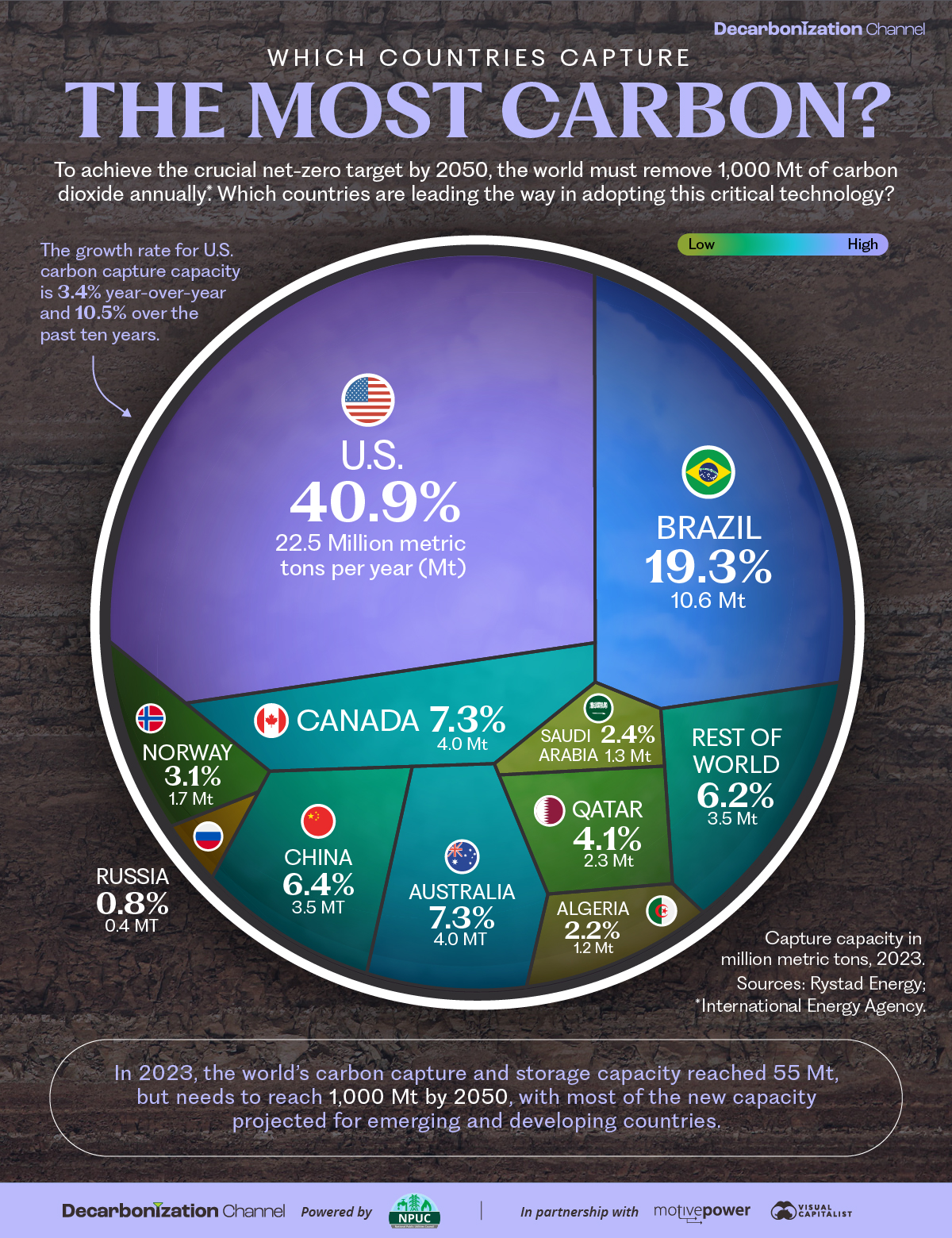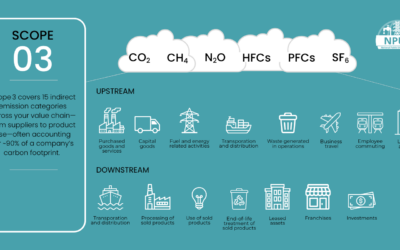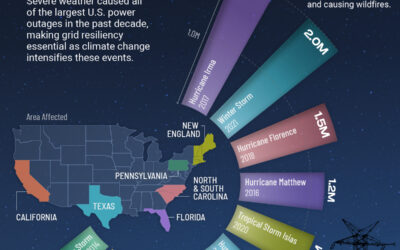Visualized: Which Countries Capture the Most Carbon?
In 2023, most carbon capture, utilization and storage (CCUS) capacity came from only two countries, which captured 33 million metric tons combined. However, according to the IEA, we must remove one billion metric tons of carbon annually to reach the net zero target by 2050.
We’ve taken data from The Energy Institute’s 2024 Statistical Review of World Energy to make this voronoi graphic, created in partnership with the National Public Utilities Council, showing which countries had the highest carbon capture capacity in 2023.
The Leaders in Capturing Carbon
In 2023, the U.S. and Brazil led the way on carbon capture with 60% of all global capacity combined. Although Brazil’s carbon capture comes from one single plant, the U.S. has more individual plants than any other country.
The largest growth in carbon capture capacity year-over-year came from China, whose capacity more than tripled from 1.1 to 3.5 Mt.
The Technology
All models for reaching climate targets involve significant amounts of CCUS. The technology is considered a necessity due to the existing amounts of greenhouse gas emissions in the atmosphere and the sectors that won’t soon be electrified, such as air travel.
The primary CCUS technology is post-combustion, which power plants primarily use to separate carbon from the exhaust. Pre-combustion capture refers to removing CO₂ from fossil fuels before combustion is completed.
According to the International Energy Agency, calcium looping is another promising separation technology under development. It removes carbon dioxide from the flue gases of a cement plant using a calcium oxide sorbent and has the potential to decarbonize cement manufacturing.
Reaching Net Zero
The world’s annual CCUS capacity in 2023 amounted to a total of 55 million metric tons. However, that capacity must increase to over one billion metric tons to achieve net zero by 2050.
In 2023, the annual growth of global CCUS capacity was 6.6%. At that pace, we will not reach the net zero target for carbon capture until 2070. To reach the net zero target for carbon capture by 2050, the annual carbon capacity growth rate must almost double to at least 11% per year.
However, some countries will need more than others, as only one-third of CO₂ is projected to come from advanced economies.
The IEA cites cost as the main reason the CCUS industry falls short but insists reaching net zero is nearly impossible without it. Thus, the IEA urges the public sector to step in where private funding falls short.
Learn more about how electric utilities and the power sector can lead on the path toward decarbonization here.





